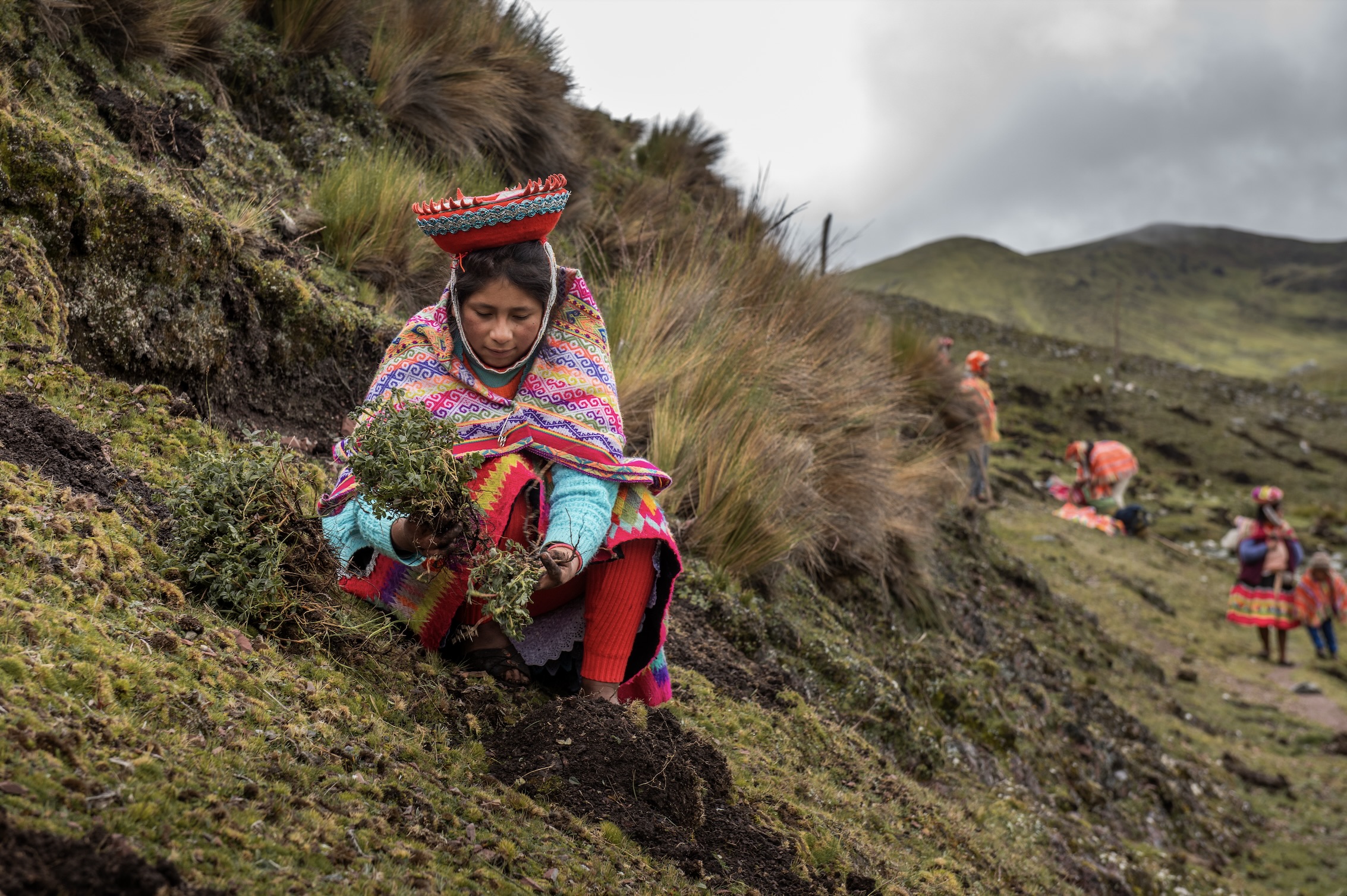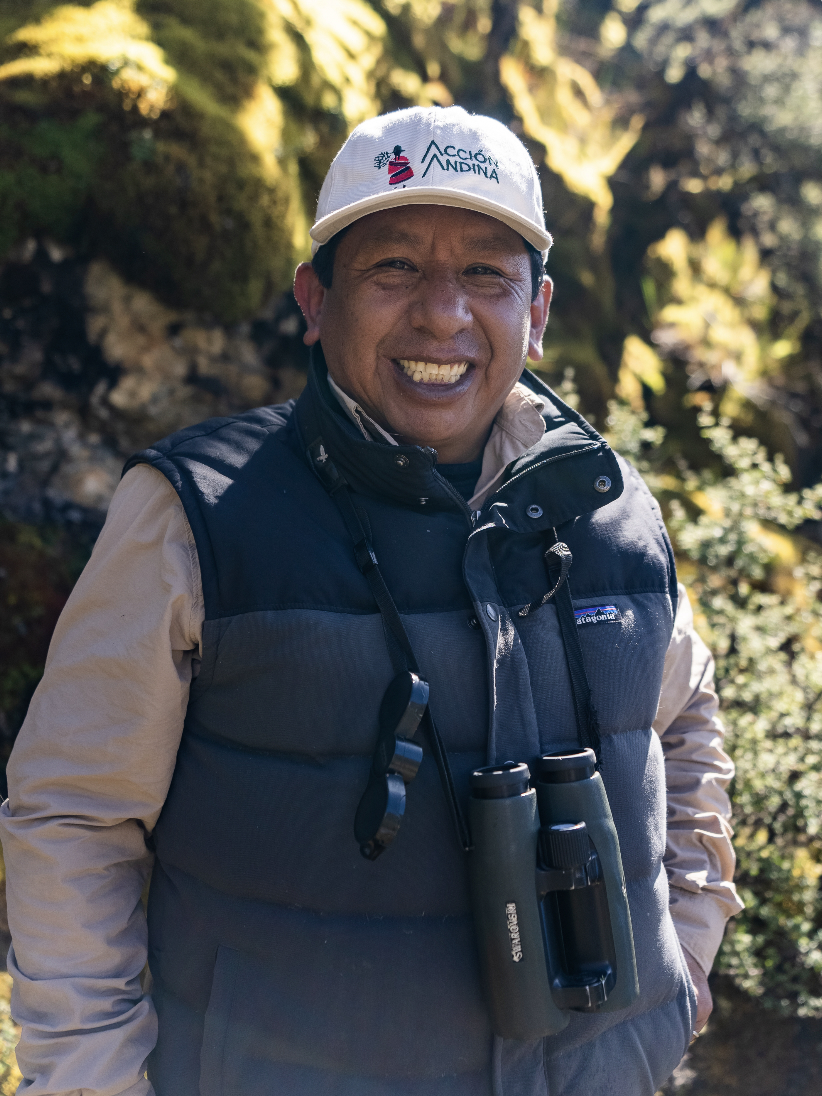Spanning more than 4,000 miles, the Andes are the longest above-water mountain range on Earth and home to some of the most diverse plant and animal species. Among those endemic to the region are the Queuña or Polylepis forests, which are at the core of Acción Andina, an initiative created by non-profits Asociación Ecosistemas Andinos (ECOAN) and Global Forest Generation. Though the Andes currently face many threats, one of the most prominent is deforestation leading to biodiversity loss, water scarcity, soil degradation, and food insecurity. Since 2018, Acción Andina has planted almost 10 million native trees across five countries in the Andes. Their work is celebrated annually at the Queuña Raymi (festival of planting Polylepis trees) when communities throughout the region come together to plant in degraded areas—in accordance with the ancient practice of communal work called Ayni and Minka. The roots of this organization run deep and stretch far beyond planting. They are upholding conservation efforts and sustainable land management while respecting indigenous practices, and presenting local communities with additional income and employment opportunities. The ultimate goal: restore one million hectares of high Andean native forest across Argentina, Bolivia, Chile, Colombia, Ecuador, Peru, and Venezuela by 2045.
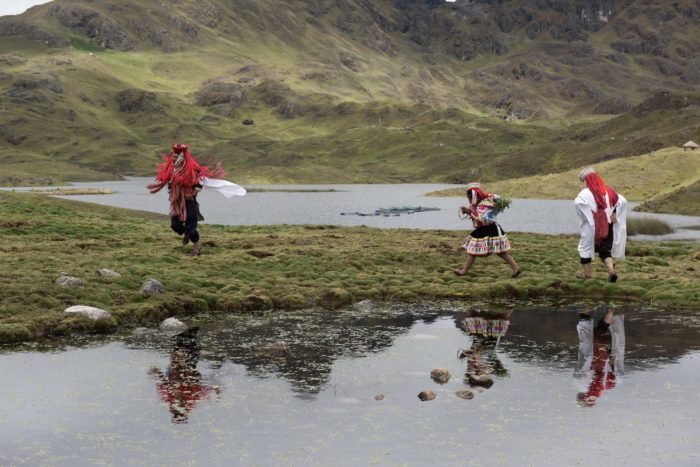
Can you tell us about your journey to co-founding Asociación Ecosistemas Andinos (ECOAN)?
My journey to co-founding Asociación Ecosistemas Andinos (ECOAN) began when I was a child taking care of my grandparent’s cattle where I discovered my love for nature, wild creatures and the water. Later in adulthood, I spent time in the highlands of the Apurimac and Ayacucho regions with my mentor Dr. Jon Fjeldså, a Danish ornithologist. We visited many Polylepis forests, collecting data to finish his book Birds of the High Andes. Jon showed me the magnificence of the landscapes, the people and the biodiversity, and gave me a mission to work hard to protect those Polylepis forest and the people in those remote areas. In 2000, my local biologist colleagues Gregorio Ferro, Efraín Samochuallpa, Wily Palomino, and I founded ECOAN to protect our highland ecosystems and implement conservation strategies, working with local stakeholders and supporting the local and indigenous communities. Through collaborative efforts and a steadfast dedication to our mission, ECOAN has grown into a leading organization in the field of Andean conservation, making significant strides in protecting biodiversity and promoting sustainable development across the region.
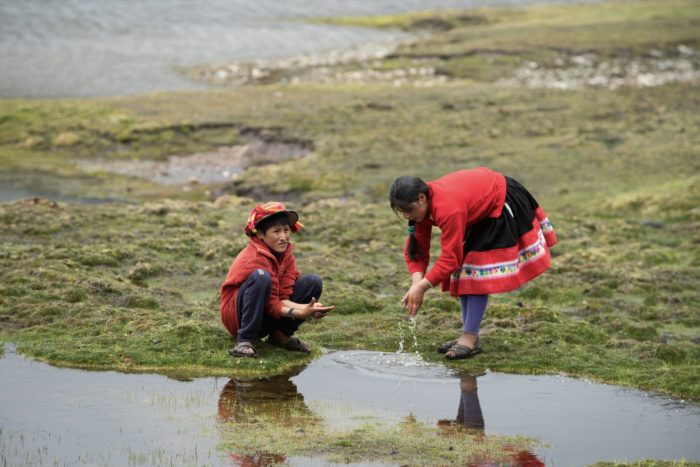
Acción Andina is its own organization co-founded by two separate nonprofit organizations (ECOAN and Global Forest Generation). What brought the two together?
After our experience with ECOAN and seeing the great results of the Queuña Raymi (festival of planting Polylepis trees) in the Cusco region of Peru, we wanted to follow the dream to expand this experience across the entire Andes. In 2018, the partnership between ECOAN and Global Forest Generation was driven by a shared vision and a recognition of the pressing need for collective action to address the environmental challenges facing the Andean forests. Both organizations were committed to leveraging their respective expertise and resources to make a meaningful impact on conservation efforts in the region. By joining forces, we are able to combine strengths and enhance our capacity to implement large-scale restoration initiatives, mobilize community participation, and advocate for policy change that supports the long-term sustainability of the Andean ecosystems. We formed Acción Andina as a platform for collaborative action, uniting communities, organizations, and stakeholders in a common goal of protecting and restoring the invaluable natural heritage of the Andes.
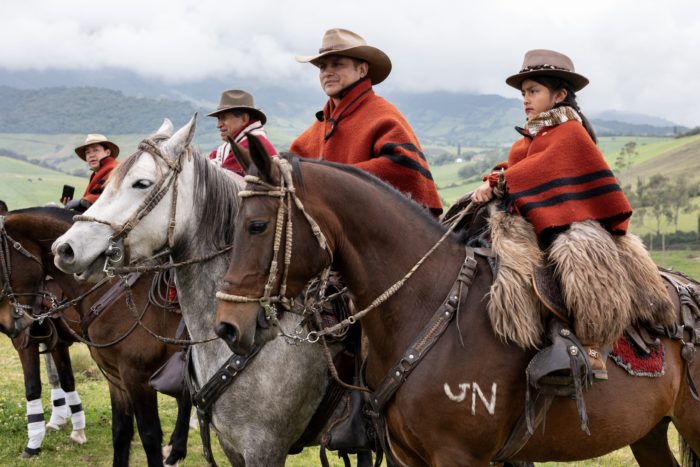
What are the greatest threats to the Andean forests?
The Andean forests face several significant threats, posing challenges to their long-term survival and ecological integrity. One of the primary threats is deforestation, driven by various factors such as agricultural expansion, logging, and infrastructure development. As human populations grow and the demand for land rises, large swathes of forest are cleared to make way for agriculture, grazing, and urbanization. This widespread deforestation not only results in the loss of valuable habitat for numerous plant and animal species but also disrupts crucial ecological processes and reduces the forests’ capacity to store carbon and mitigate climate change.
Another major threat to the Andean forests is habitat fragmentation, caused by the construction of roads, dams, and other infrastructure projects that fragment the landscape and isolate forest fragments. Fragmentation disrupts wildlife migration patterns, reduces genetic diversity, and makes species more vulnerable to extinction. Additionally, overgrazing by livestock, unsustainable logging practices, and illegal mining activities further degrade the forests and contribute to biodiversity loss and ecosystem degradation. Climate change exacerbates these threats by altering temperature and precipitation patterns, leading to more frequent and severe droughts, wildfires, and pest infestations that weaken forest resilience and hinder regeneration efforts. Addressing these multifaceted threats requires coordinated conservation strategies that prioritize forest protection, restoration, and sustainable management practices, along with efforts to address underlying drivers such as poverty, land tenure insecurity, and inadequate governance.
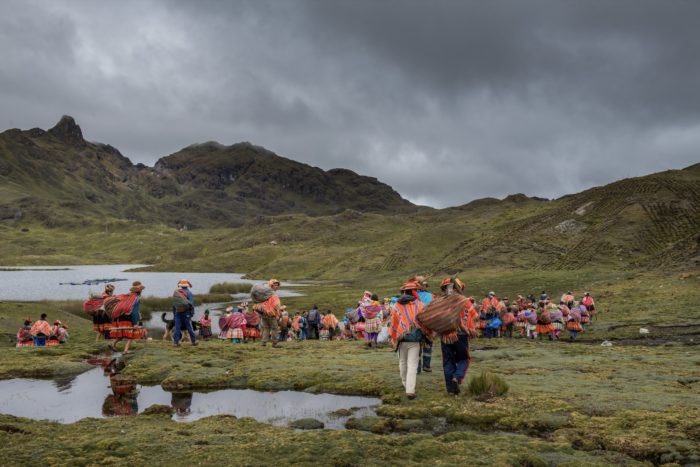
Since 2018, almost 10 million native trees have been planted across five countries. Are all of the trees planted Polylepis?
While the initiative has indeed planted almost 10 million native trees, not all of these trees are Polylepis. Polylepis trees are a significant focus of the reforestation efforts due to their ecological importance and their role in Andean ecosystems. However, the reforestation efforts also include other native tree species that are suitable for restoring diverse Andean Forest ecosystems. These native species are selected based on their ability to thrive in the local environmental conditions, contribute to biodiversity conservation, support ecosystem services such as soil stabilization and water regulation, and enhance the resilience of Andean landscapes to climate change.
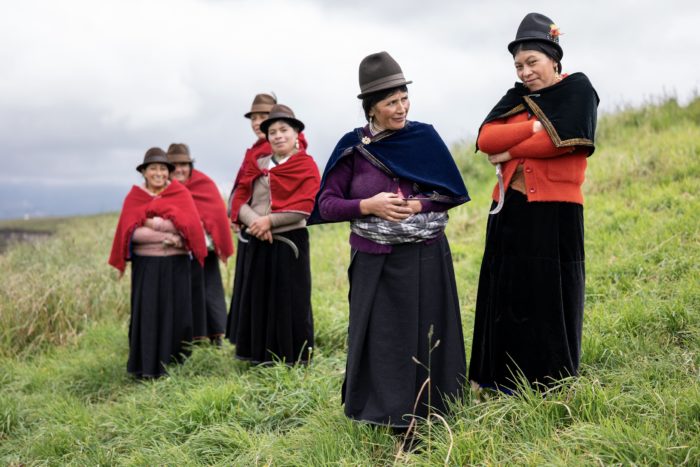
Why is it important to protect Polylepis forests?
The genus of Polylepis has 45 species distributed along the Andes from Venezuela to Patagonia, and is considered the highest forest of the world, growing near to the tree line at the main watersheds. Protecting Polylepis forests is crucial for several reasons. First and foremost, Polylepis forests are one of the world’s most unique and biodiverse ecosystems. They provide habitat for a wide range of plant and animal species, including many that are endemic and endangered. Protecting Polylepis forests helps safeguard the rich biodiversity found in these ecosystems, preserving unique species and contributing to the overall ecological balance of the Andean region.
Moreover, Polylepis forests play a vital role in maintaining the health of Andean watersheds. These forests are often referred to as “water factories” because they capture moisture from clouds and fog, releasing it gradually into streams and rivers. As a result, Polylepis forests are essential for regulating water flow, preventing soil erosion, and maintaining water quality. They are particularly critical in providing water resources for downstream communities, agriculture, and hydroelectric power generation.
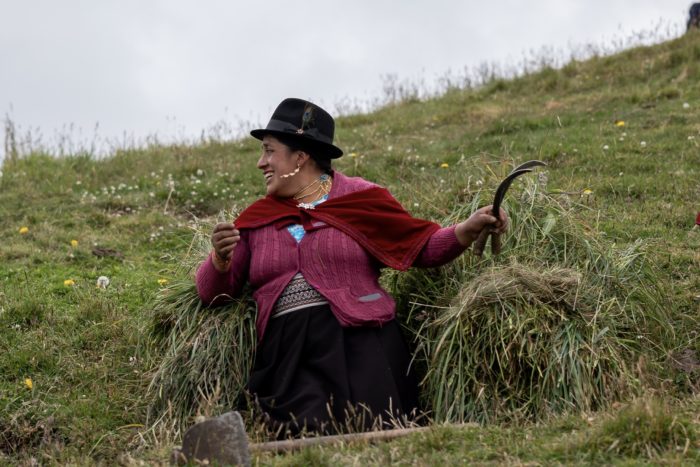
How are local communities being affected by the depletion of the region’s forests?
The depletion has significant impacts on local communities across the Andean region. One of the primary effects is the loss of ecosystem services provided by the forests, particularly in terms of water resources. As the forests are depleted, there is reduced water retention capacity, leading to altered hydrological cycles and decreased water availability in rivers and streams. This directly affects local communities that rely on these water sources for drinking, agriculture, and other daily needs. Decreased water availability can also exacerbate conflicts over water rights and access, leading to social tensions within communities.
Furthermore, the depletion of forests often results in soil degradation and increased vulnerability to natural disasters such as landslides and floods. Without the protective cover of trees, soil erosion rates escalate, leading to decreased fertility and productivity of agricultural lands. This loss of agricultural productivity further threatens the food security and livelihoods of local communities who depend on farming for sustenance. Additionally, deforestation can disrupt traditional cultural practices and diminish the availability of non-timber forest products, impacting the cultural identity and economic activities of indigenous and local populations.
Climate change has also been greatly effecting high Andean communities in the last few years, bringing a lot of droughts, heavy rain and snow. Sometimes the entire agricultural production collapses and a high percent of cattle die resulting in huge losses for those communities in addition to seeing their lakes and rivers drying up.
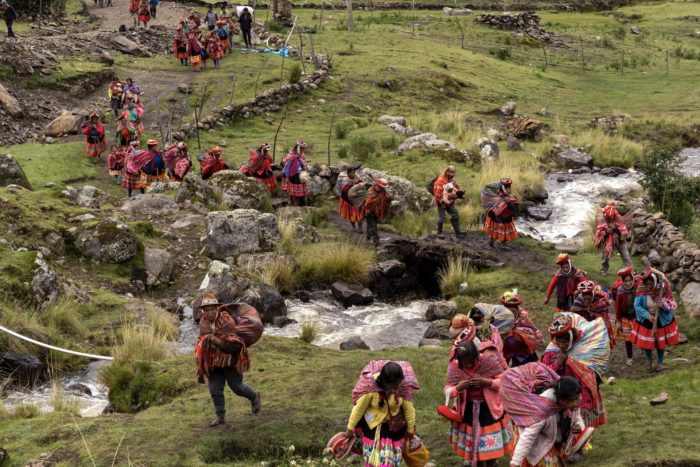
How is Acción Andina providing new income opportunities for local communities?
Acción Andina is creating new income opportunities for local communities through various initiatives aimed at sustainable land management and ecosystem restoration. One key aspect of the approach involves engaging community members in reforestation and conservation activities. By involving local residents in tree planting, nursery management, and forest restoration projects, Acción Andina generates jobs and income for community members, particularly those living in rural areas where alternative employment opportunities may be limited.
Moreover, Acción Andina supports the development of microenterprises and income-generating activities that are compatible with forest conservation goals. For example, we facilitate the establishment of community-based ecotourism ventures, handicraft cooperatives, and sustainable agriculture practices that promote biodiversity conservation while providing economic benefits to local residents. By diversifying livelihood options and promoting environmentally friendly economic activities, Acción Andina helps reduce dependence on unsustainable practices such as logging or mining, thereby contributing to long-term economic resilience and community well-being.
Acción Andina also collaborates with local governments, NGOs, and private sector partners to create market linkages for sustainably produced goods and services from forest-based enterprises. Through training programs, capacity building, and market access support, they enable local communities to access fair prices for their products and enhance their competitiveness in regional and international markets. By integrating conservation with economic development, Acción Andina empowers local communities to become stewards of their natural resources while improving their livelihoods and fostering sustainable development in the Andean region.
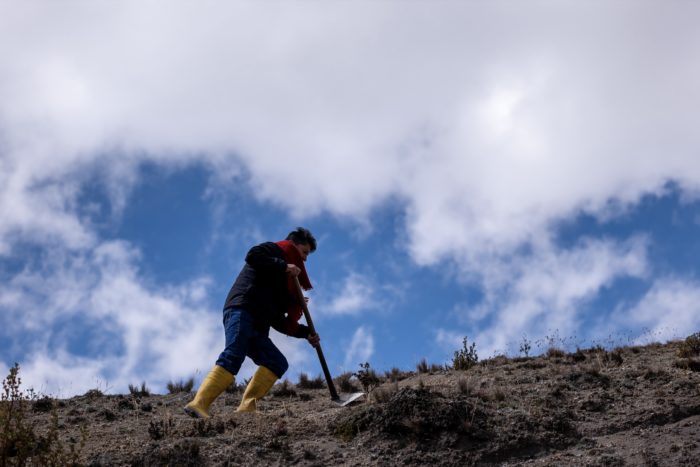
What happens during the annual tree-planting festival?
The annual tree-planting festival, known as Queuña Raymi or the Festival of the Queuñas, is a significant event that was created by ECOAN to promote community participation in reforestation efforts and raise awareness about the importance of preserving Andean forests. This is the moment to rescue an ancient practice of communal work called Ayni and Minka, where we all work together towards a common goal. This typically takes place in highland communities across the Andean region when local residents, volunteers, and environmental organizations come together to plant native trees, primarily Polylepis species, in degraded or deforested areas.
The festival serves as a platform for community engagement and environmental education, fostering a sense of collective responsibility for forest conservation among participants. It provides an opportunity for people of all ages to learn about the ecological significance of Andean forests, the threats they face, and the role of reforestation in mitigating environmental degradation and climate change impacts.
In addition to tree planting, the Queuña Raymi often includes cultural activities, traditional ceremonies, and educational workshops focused on sustainable land management practices, biodiversity conservation, and indigenous knowledge systems. The festival celebrates the rich cultural heritage of Andean communities while emphasizing the importance of preserving their natural environment for future generations. Through the Queuña Raymi, Acción Andina not only contributes to ecological restoration efforts but also strengthens social cohesion, empowers local communities, and promotes a deeper connection between people and nature. It serves as a symbol of hope and solidarity in the collective endeavor to protect and restore precious ecosystems.
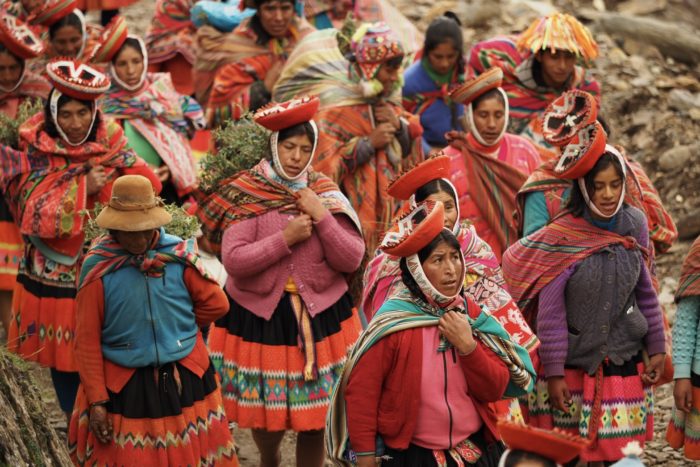
What is the long-term goal of this organization?
The long-term goal of Acción Andina is to protect and restore one million hectares of high Andean native forest ecosystems across Argentina, Bolivia, Chile, Colombia, Ecuador, Peru, and Venezuela by the year 2045. This ambitious objective reflects the organization’s commitment to preserving the ecological integrity of the Andean region, safeguarding its biodiversity, ensuring water security, and supporting the livelihoods of local communities.
In addition to its geographical expansion within the Andean countries, there are indeed hopes of Acción Andina expanding its operations to more countries in the future. The success of its grassroots, community-based approach to forest conservation and restoration has garnered international recognition and interest. As a result, there are plans to replicate the Acción Andina model in other regions facing similar environmental challenges, particularly those with critically endangered and neglected ecosystems. By scaling up its efforts and forming strategic partnerships with local stakeholders, governments, and international organizations, Acción Andina aims to amplify its impact on forest conservation and climate resilience in mountainous and biodiversity-rich regions around the world.
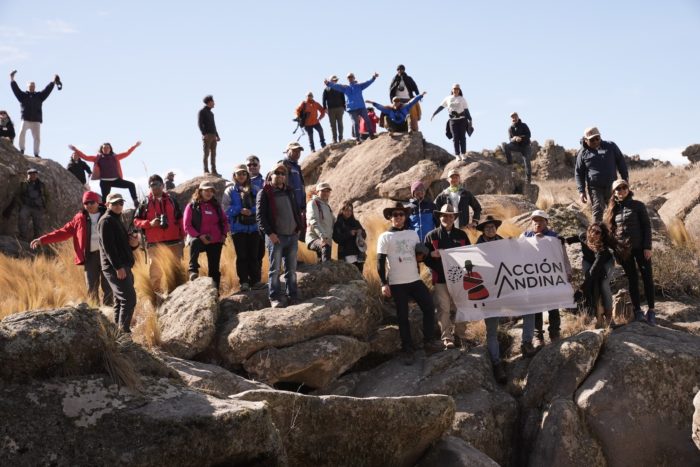
How can readers support your work?
Readers can support Acción Andina’s work in several ways:
- Donations: Financial contributions are vital for funding the organization’s conservation and restoration projects, as well as supporting local communities’ capacity-building initiatives.
- Volunteer Opportunities: Those interested can volunteer their time and skills to assist with tree planting, habitat restoration efforts, community outreach programs, and fundraising events.
- Spread Awareness: Sharing information about Acción Andina’s mission, accomplishments, and ongoing projects with friends, family, and social networks can help raise awareness about the importance of Andean forest conservation.
- Advocacy: Advocating for policies and initiatives that prioritize forest protection, sustainable land management, and indigenous rights can help create a supportive environment for Acción Andina’s work.
- Partnerships: Forming partnerships with businesses, governments, academic institutions, and other organizations can provide additional resources, expertise, and opportunities for collaboration to further Acción Andina’s goals.
- Attending Events: Participating in events organized by Acción Andina, such as tree-planting festivals, workshops, and community meetings, can show solidarity and provide direct support to local communities and ecosystems.

